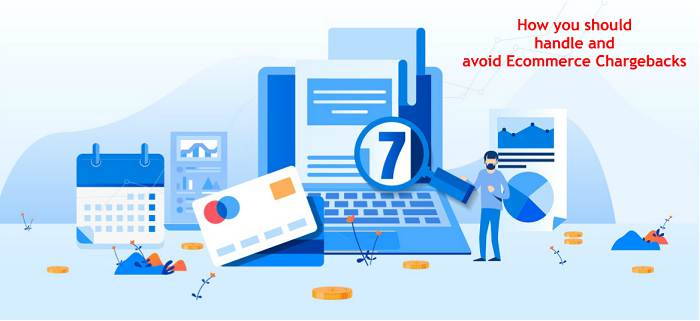Table of Contents Show
In today’s time, it takes much more than developing a beautiful eCommerce store to draw shoppers.
Once you have built a Shopify store that is open for business, what are you going to do to attract the potential customers? How are you going to persuade the prospective buyers to choose you over your competitors?
Well, the simple answer lies in SEO.
Powerful SEO services help to boost the search engine rankings of a website. These rankings play a vital role in improving your Shopify store’s online presence. The higher you rank in search engines, the more traffic your online store is going to have. And this translates to increased sales and profitability.
This guide will discuss a few important tips for optimizing your Shopify store and securing more organic traffic.
Optimize your Shopify site structure:
How your website content is placed on the page is very crucial to SEO success.
It is only when the buyers can easily navigate through your website and locate what they are looking for that they will spend more time on your website. So try to simplify the site structure as much as possible.
A simple site structure will also make it easier for the search engines to crawl the site and rank your products.
Research the right target keywords:
This is the most significant Shopify SEO advice. To boost your eCommerce store’s rankings, you need to prepare a comprehensive list of keywords relevant to your product.
Put yourself in your customer’s shoes and think of phrases that they would use to look up for products similar to yours. Considering your buyer personas and social media hashtags related to your products, prepare two lists: main keywords and LSI keywords (Latent Semantic Indexing).
Use these keywords to optimize your store’s content and images to drive organic traffic.
Create high-quality and informational content:
You can add more interest and authority to your Shopify store by adding high-quality, relevant, and engaging content for your product pages. You can also add blogs, articles, and how-to guides that are useful for shoppers. This helps to enhance the user experience as well as improve the search rankings.
Make sure that the content you are posting includes all the relevant keywords. Also, make your posts of substantial length and try to secure links from third-party sites.
Optimize your titles, meta descriptions, and URLs
After you have a thorough list of keywords, you must optimize your title tags, meta descriptions, and URLs of your category and product pages. Fortunately, editing them is quite straightforward with Shopify. Select any of your product pages and scroll down to see the “Search engine listing preview.” You will find the “Edit website SEO” option to revise the metadata.
Make sure to follow the best SEO practices while optimizing the content. Include the target keywords wherever appropriate. Try to write unique title and descriptions which are click-worthy. Lastly, avoid truncation by closely following the character recommendation in Shopify.
Add ALT text to your images:
Most businesses don’t realize that they can also get business and traffic from Google via the images. So, it is essential to optimize the images with suitable text that describes it well. Adding ALT text to the image helps the search engine to understand what the image is all about. And this is crucial to enhance your presence on search engines.
When choosing the ALT text, you must focus on creating valuable and information-rich content that uses the keywords appropriately.
Build links to your store:
Backlinks are very important for establishing an authoritative online presence. It is a powerful off-page optimization tactic that determines how the broader community values your website.
To secure backlinks, you can reach out to industry leaders and influencers for valuable links and content. You may already have been mentioned on some websites without being linked. These mentions can be seen at mention.com. You can then send them an email to request them to link to your site with the mention.
Improve user experience:
User experience has a direct impact on the search engine rankings of a website. To enhance the user experience, you must boost the speed of your website.To do this, you must opt for a fast, user-friendly theme along with smaller and optimized images. Also, remove any apps that you are not using as that may slow down the speed.
Lastly, go for a responsive design for your Shopify store. Responsive design is the one that opens seamlessly and looks great on all devices, including smartphones, desktop, and tablets. This improves user experience as well as keeps the visitors engaged for a long time.
Wrapping Up
If you are looking to build an eCommerce store, Shopify should be your first preference. The incredible platform offers a plethora of themes and tools to build fast and visually appealing websites.
But at the same time, make sure to follow the SEO as mentioned above tips to enhance the online visibility of your eCommerce store and secure organic traffic from search engines like Google.











